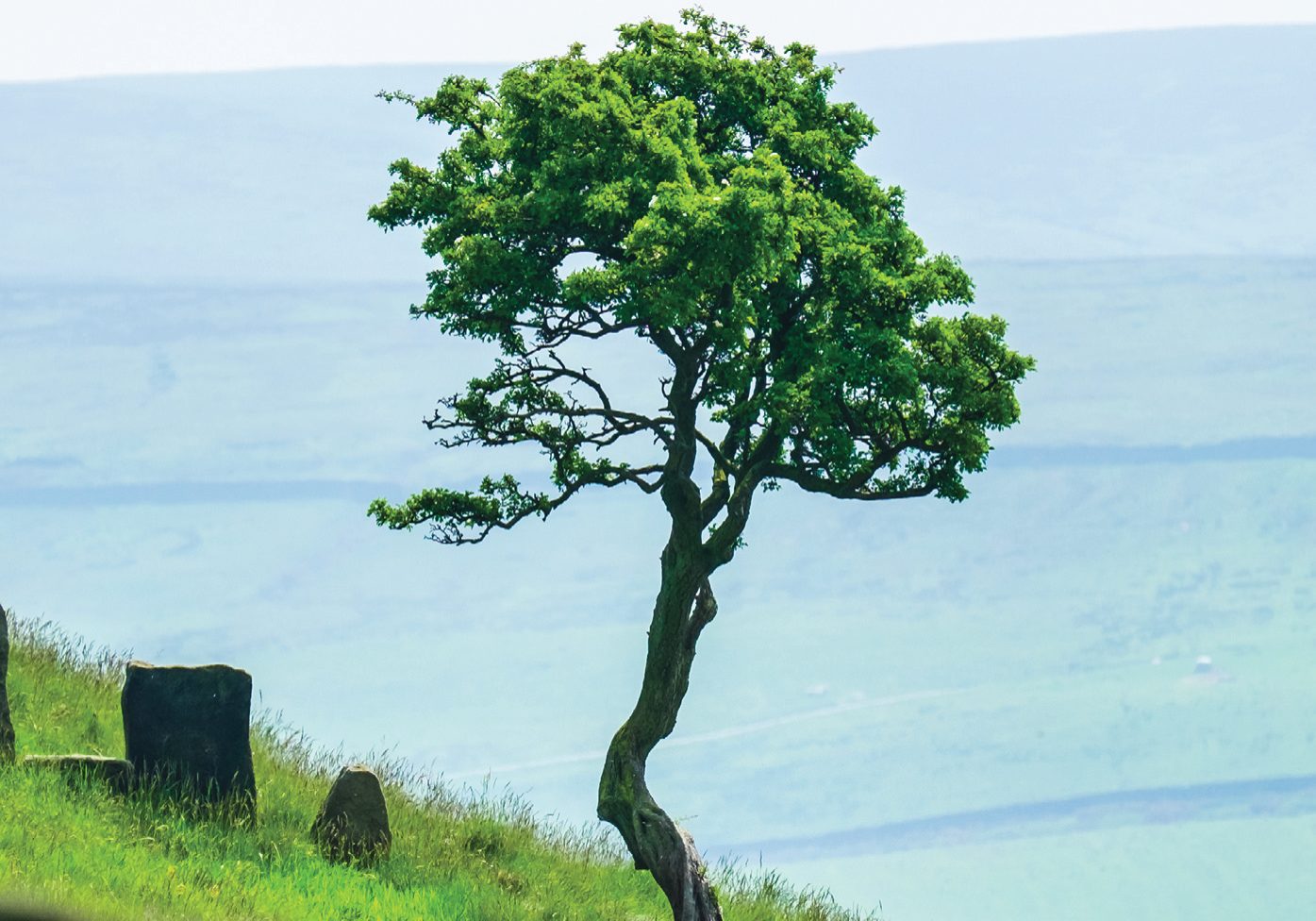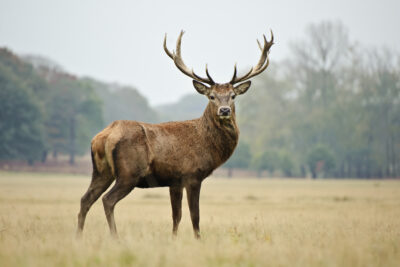
Following In Charlotte’s Footsteps
by Northern Life
Mother and daughter Brontë enthusiasts Sarah Lee and Anna Stephenson explore The Ferndean Way
It’s often forgotten that Charlotte Bronte crossed the border over the moors, drawing ideas for her novels from our own neighbourhoods.
Nine miles as the crow flies, from her home in Haworth, Charlotte found inspiration in the atmospheric ruin of Wycoller Hall.
The desolate manor house, surrounded by a “twilight of close-ranked trees” was found by Charlotte’s Jane Eyre “on an evening marked by the characteristics of sad sky, cold gale, and continued small penetrating rain.”
Renamed Ferndean Manor, it’s the place of Jane’s moving reconciliation with Rochester at the end of Charlotte’s world-famous novel.
More than a generation ago, the idea of a Ferndean Way was conceived to bring to life Colne and Wycoller’s Brontë connections. We wanted to rediscover and share this short but fascinating three-mile walk from Colne to Wycoller.
Starting in Waterside, at the Admiral “Lord Rodney pub, it follows Colne Water and Wycoller Beck to the ancient village of Wycoller.
In Charlotte Brontë’s day, the Admiral Lord Rodney pub was a notorious hotbed for intrigue and dissent.
It was here, in the 1840s, that mill workers plotted against the introduction of power looms which threatened their livelihood.
And the government planted a spy behind the bar to try and discover the next moves of the rebels!
The burning of Carry Bridge Mill in 1842 by rioters and the murder of a police officer in Colne, would have reached Charlotte, an avid follower of the news.
Her novel Shirley, published in 1849, has undertones of these turbulent events.
It was hard for us to imagine those times as we followed the sound of water, catching sight of dippers and herons, along this tranquil way.
But there are glimpses and fascinating remnants of the area’s history to be found.
Part of the Ferndean Way is on the flagged paths and packhorse trails built for past generations of pedlars and wool merchants.
The halfway point in Laneshaw Bridge on the aptly named Carriers’ Row was once on a major turnpike for textile merchants from Haworth and Halifax.
And the peaceful Ball Grove lake and country park, now home to goosander, coots and moorhens, was once the site of one of Europe’s largest leather tanneries.
Over 300 men worked here toiling in the heat with the mingled smells of sweat and animal fat, as Colne Water powered the water wheel.
You too can explore the places which inspired Charlotte Brontë. You can start the at many different points from Colne to Cottontree, Laneshaw Bridge to Wycoller, following the blue Ferndean Way signs with the route from Laneshaw Bridge waymarked as the Pendle Way.
FOLLOW THE FERNDEAN WAY
You can follow the three-mile Ferndean Way at any point. Why not go with friends using two cars, one at the start of your walk and one at Wycoller? Or use a bus from Laneshaw Bridge or Colne to make this a linear walk. But if you’re feeling fit, return the same way, making this a six-mile walk.
- Start at Waterside in Colne near the Admiral Lord Rodney pub. Go over Waterside Bridge, turning left to walk alongside the river.
- Cross over Carry Bridge and turn right to continue along Colne Water for about half a mile.
- Climb the steps on to Cotton Tree Lane and turn right, walking along the road for 200 yards.
- Cross the road and turn left into Winewall Road and turn left into Ball Grove County Park.
- Follow the path alongside Colne Water and walk through the country park, passing the lakes and going over a wooden bridge.
- Climb the steps and along the flagged path and cross another wooden bridge and then another bridge to emerge onto the road at Carriers Row, Laneshaw Bridge.
- Cross the road and go through the stile opposite to follow Wycoller Beck upstream to Wycoller. From here to Wycoller the Ferndean Way merges with the Pendle Way.
From Wycoller, keen walkers can pick up the Brontë Way which is nine miles over the hills to Haworth.






